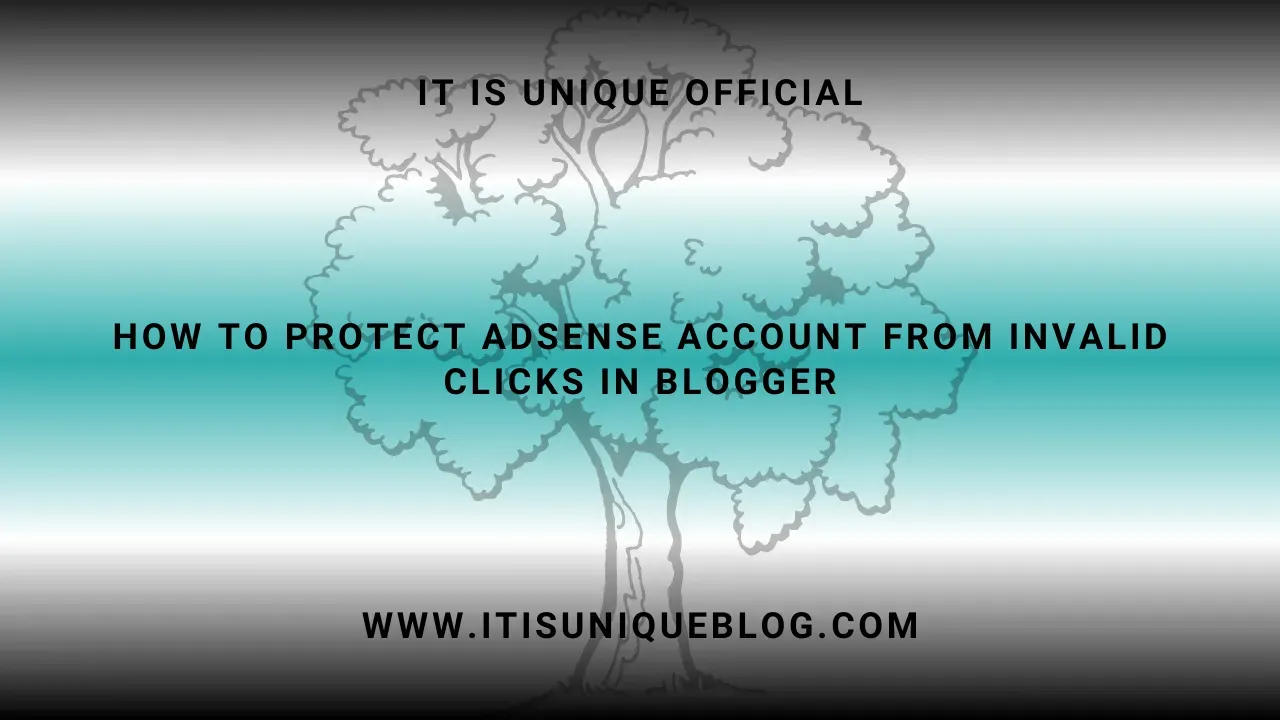
Certainly, both blogs and websites often rely on Google AdSense for monetization. One common challenge faced by publishers is the issue of invalid clicks, also known as consecutive clicks or hijacking. These activities can be deemed inappropriate, resembling acts of vandalism, and prove detrimental to the well-being of publishers.
Consecutive clicks on a Google AdSense ad can significantly impact publishers' concerns about the security of their AdSense accounts. When consecutive clicking occurs, Google AdSense interprets it as an attempt to manipulate ad redemption, and in certain instances, it may recognize it as hacking, spamming, or click bombing. While Google AdSense takes measures to delete such clicks, their occurrence can still have repercussions on both your blog and account. To mitigate these effects, it is advisable to incorporate a code snippet designed to prevent click hijacking and spam clicks.
What is clicking
Click hacking, as per Google's definition, refers to clicks that lack value for advertisers and are categorized as invalid clicks. This encompasses intentional clicks known as hijacking, as well as unintentional clicks deemed accidental. These clicks don't originate from genuine users actively searching for keywords; instead, they may result from bots or competitors. Such actions are regarded as unfair competition, akin to "dirty play," aiming to deplete an opponent's advertising budget strategically to gain an advantage in AdWords positioning.
Steps to stop invalid in Google AdSense Ads
Step 1: Go to your Blogger Dashboard > Click the Themes menu > Edit HTML > Add the below CSS snippet before the tag ]]></b:skin>.
.disabled{pointer-events:none}.hidden{display:none}
Step 2: Next, find the tag </body>.
<script>//<![CDATA[
var disableAds = "disabled"; //Thay bằng hidden để ẩn toàn bộ quảng cáo, disabled để vô hiệu hoá click
var maxClick = 3; //Số lượt click tối đa khi vượt quá sẽ ẩn hoặc chặn click quảng cáo
var adsCookieEx = 1; //Cài đặt từ 1-24, thời gian người dùng được click trở lại
function setCookie(a, b, c) {
if (c) {
var d = new Date();
d.setTime(d.getTime() + adsCookieEx * 3600 * 1000);
var e = ";expires=" + d.toGMTString()
} else {
var e = ""
}
document.cookie = a + "=" + b + e + ";path=/"
}
function getCookie(a) {
var b, c, d, e = document.cookie.split(";");
for (b = 0; b < e.length; b++)
if (c = e[b].substr(0, e[b].indexOf("=")), d = e[b].substr(e[b].indexOf("=") + 1), c = c.replace(/^\s+|\s+$/g, ""), c == a) return unescape(d)
}
function setCookieAds(a, b) {
var c = getCookie(a);
void 0 != c && "" != c ? (ASTheCookieInt = parseInt(c) + 1, setCookie(a, ASTheCookieInt.toString(), 0)) : setCookie(a, "1", b)
}
function maxClick(a, b) {
var c = getCookie(a);
return void 0 != c && parseInt(c) >= b ? !0 : !1
}
jQuery(document).ready(function (a) {
var b = "adsbygoogle",
c = 7,
d = maxClick,
e = ".adsbygoogle",
f = !1;
maxClick(b, d) && a(e).addClass(disableAds).click(false), a(e).bind("mouseover", function () {
f = !0
}).bind("mouseout", function () {
f = !1
}), a(window).on("beforeunload", function () {
f && (ASmaxClick(b, d) ? a(e).addClass(disableAds).click(false) : setCookieAds(b, c))
})
});
//]]></script>In the provided code, you'll observe the presence of a class within the Google AdSense advertising tag. This class can be substituted with the class from the code of other ad networks, such as adsbygoogle followed by <ins>.
If your blog lacks a JQuery library, insert the following code just before the closing `</head>` tag.
<script src='https://cdnjs.cloudflare.com/ajax/libs/jquery/3.5.1/jquery.min.js'/>
The provided code serves to prevent clicks and spam clicks on Google AdSense for Blogger. Although I've come across this information online, it's important to note that I haven't implemented it on my blog since I don't currently have ads. However, after testing, I can confirm that the code is effective. I highly recommend applying it to your blog for optimal results.
© Copyright:
www.itisuniqueblog.com